$USDC $DAI #Cryptocurrency #Stablecoin #Inflation #LatinAmerica #DeFi #Finance #CryptoAdoption #Blockchain #EconomicStability #DigitalCurrency
How Are Stablecoins Shielding Latin America from Inflation Woes?
As news unfolds, Latin Americans increasingly turn to stablecoins and cryptocurrencies to combat rampant inflation and access essential banking services. The co-CEO of Bybit LATAM highlights this trend, noting how digital currencies are providing a lifeline as traditional financial systems falter.
In recent years, several Latin American countries have experienced hyperinflation, which has eroded citizens’ purchasing power and destabilized local economies. Traditional banking systems often struggle to meet the needs of the population, leaving many without access to essential financial services. In this context, stablecoins have emerged as a viable solution, offering a way to preserve value and facilitate transactions without the volatility typically associated with cryptocurrencies.
Stablecoins, such as $USDC and $DAI, are pegged to stable assets like the US dollar, providing users with a sense of security. Unlike fiat currencies, which may lose value due to inflation, stablecoins maintain their purchasing power, making them an attractive option for individuals seeking to protect their wealth. This stability is particularly crucial for those living in economies where inflation rates can soar unpredictably.
Furthermore, stablecoins enable transactions that bypass traditional banking infrastructures. In regions where access to banking is limited, digital currencies allow users to send and receive money easily, facilitating commerce and improving financial inclusion. By leveraging blockchain technology, these digital assets provide a transparent and efficient means of conducting transactions without the need for intermediaries.
The rise of decentralized finance (DeFi) platforms further enhances the appeal of stablecoins. Users can earn interest on their holdings or engage in lending and borrowing, effectively taking control of their financial futures. This empowerment is especially significant in regions where traditional financial services may be unreliable or out of reach.
However, the adoption of stablecoins is not without challenges. Regulatory concerns and the need for consumer education remain pressing issues. Governments in various countries are grappling with how to integrate these new financial technologies while ensuring consumer protection and maintaining economic stability. As the landscape evolves, ongoing dialogue between regulators, businesses, and users will be essential in shaping the future of stablecoin utilization in Latin America.
In addition to the benefits, the rise of stablecoins also presents opportunities for innovation in the financial sector. As companies explore new ways to harness blockchain technology, we may see the development of more sophisticated financial products tailored to the unique challenges faced by Latin American economies. This innovation could lead to a more resilient financial ecosystem, ultimately benefiting consumers.
In conclusion, stablecoins are increasingly becoming a crucial tool for Latin Americans seeking to navigate the challenges posed by inflation and inadequate banking services. As the region embraces digital currencies, the potential for economic stability and financial inclusion grows. For those interested in exploring the world of cryptocurrency further, resources such as this link provide insights into the evolving landscape.
Additionally, platforms like Binance offer users opportunities to engage with cryptocurrencies in a secure environment. As more individuals adopt these digital currencies, we may witness a transformative shift in how Latin Americans approach finance and invest in their futures.

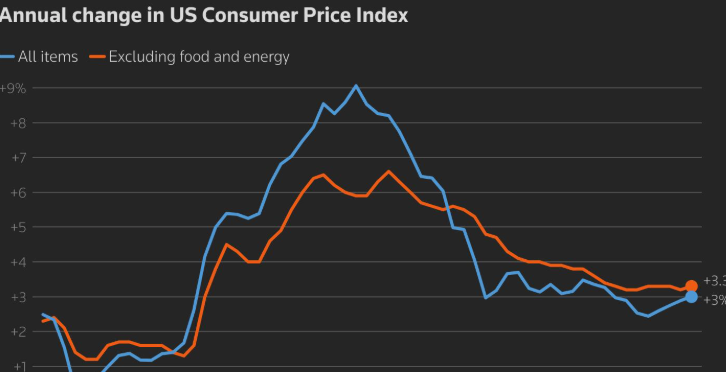
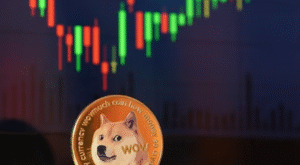

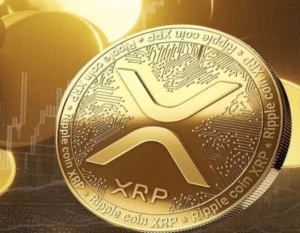
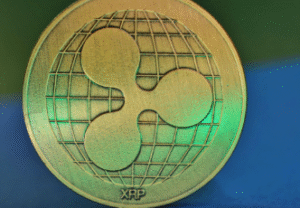
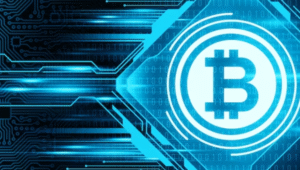
Comments are closed.